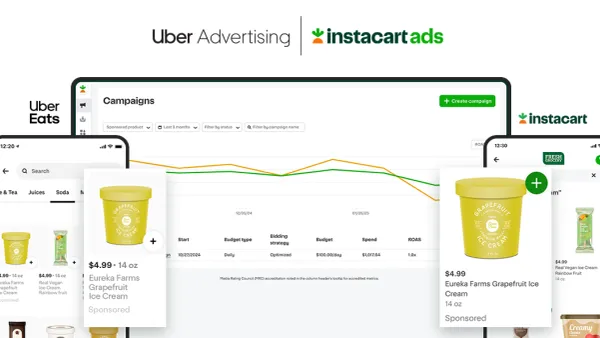Dive Brief:
- About 65% of Chinese tourists have used mobile payment platforms to pay at merchants, restaurants and elsewhere while traveling overseas, more than six times the 11% rate among non-Chinese tourists, according to a new survey from Alipay and research firm Nielsen.
- Chinese travelers surveyed by the companies spent on average of $762 on shopping alone during their most recent overseas trip. Specific to Alipay, more than 90% of survey respondents said they would consider that mobile payment service while traveling overseas in the future if more merchants and retailers in the locations they visit accept the platform.
- Chinese tourists traveled overseas about 131 million times during 2017, about 7% more than had done so the year before, according to the China National Tourism Administration. Also, the average spending overseas per tourist was $5,565 last year, and is expected to grow to $5,715 this year.
-
Dive Insight:
The U.S. is still seen as a mobile payments laggard, and while countries like the U.K. are observed to be somewhat more advanced, it’s very clear exactly where mobile payments have made the greatest progress. China is widely viewed as the leading country in the world for mobile payments, and a model for the cashless society that other countries may aspire to. ANT Financial, the Alibaba affiliate that operates Alipay, recently estimated the total number of mobile payments users in China at more than 520 million.
And, because so many Chinese natives are in the habit of paying via mobile phone while in their home country, they are likely to carry that habit abroad with them — granted they are given the opportunity to pay the way they want and through a familiar service. Therein lies Alipay’s reason for wanting to share this data. They want retailers and other kinds of merchants in other countries around the world to realize their potential to earn a share of all those Chinese tourist dollars by accepting Alipay as a form of payment.
One of the overseas markets where Alipay is especially keen to expand its presence is the U.S., as well as North America in general. The company has expanded its presence in the region in recent months through partnerships with payment processing firms like JP Morgan Chase, North American Bancard and Poynt, deals which can bring Alipay more opportunity to be accepted at the merchant customers of these companies.
Also, just last month, French sportswear company Lacoste said it would start accepting Alipay at some of its U.S. retail locations, a decision it tied directly to a desire to win the business of Chinese tourists visiting these locations.
In all, more than 170,000 merchants throughout North America already accept Alipay, including retailers like Lacoste, Rebecca Minkoff and GNC, a company spokeswoman told Retail Dive via email. The data shared by Alipay and Nielsen will no doubt prove enticing to merchants that have been on the fence about whether or not to accept Alipay, but what would prove even more persuasive is notion of retailers that already accept Alipay sharing some of their own usage data.
In a nascent but very crowded mobile payments market like the U.S., if some merchants were to show that accepting Alipay makes a difference in their sales, Alipay could very quickly become a juggernaut in the region, capable of making things difficult for Apple Pay and others. It also could drive more individual users in countries like the U.S. to become more interested in trying Alipay for themselves.















